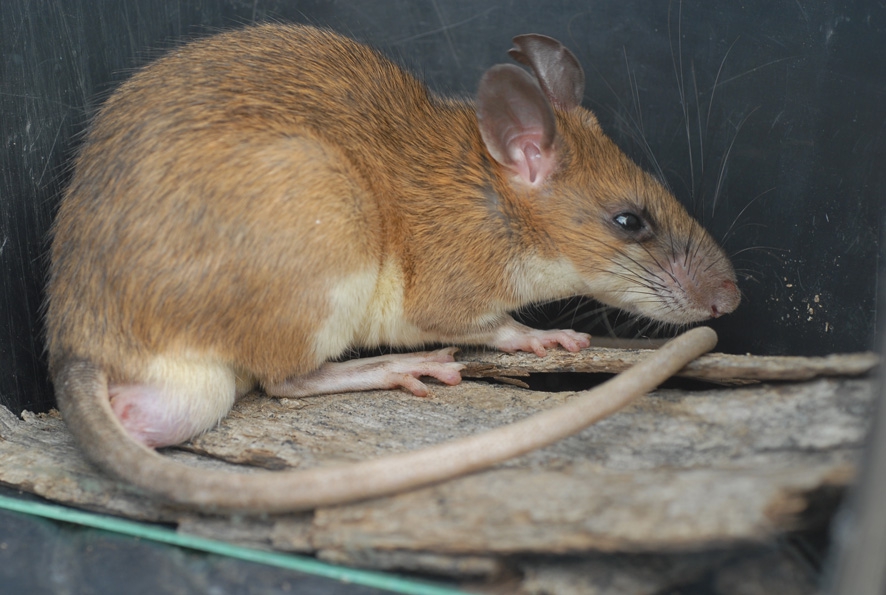| Citation |
|
Description |
Geographic Range [top]
Range Description: This widespread species ranges from northeastern South Asia, into central and southern China, and parts of Southeast Asia. In South Asia, it has been recorded from Arunachal Pradesh, Meghalaya, Nagaland and West Bengal in India (Molur et al. 2005). In China, the species has been recorded from Guizhou to Zhejiang and Guangdong, Sichuan, south Gansu, south Shaanxi, Hubei and Hainan (Smith and Xie 2008). In Southeast Asia, it has been recorded from northern Myanmar, northern Lao PDR, northern and central Viet Nam, with an isolated population present in northern Thailand (Musser and Carleton 2005). It has been recorded from close to sea level to around 1,400 m asl.
Countries occurrence:
Native:
China; India; Lao Peoples Democratic Republic; Malaysia; Myanmar; Thailand; Viet Nam
Additional data:
? Estimated area of occupancy (AOO) - km2: >2000
? Upper elevation limit (metres): 1400
Range Map: Click here to open the map viewer and explore range.
Population [top]
Population: It is a common species.
Current Population Trend: Unknown
Additional data:
? Population severely fragmented: No
Habitat and Ecology [top]
Habitat and Ecology: This mainly terrestrial large species is found in both primary and secondary closed canopy moist lowland evergreen and montane forest. It has been recorded at the forest edge and can be found in disturbed habitats close to forested areas. It generally occurs at higher altitudes than Leopoldamys sabanus where they are sympatric (Marshall 1977). Lives in burrows on the forest floor and has been recorded inside hollow logs.
Systems: Terrestrial
Threats [top]
Major Threat(s): There appear to be no major threats to this species. It is hunted, but this seems unlikely to be causing any population declines. In South Asia, the species may be affected by habitat loss and degradation due to small-scale logging, non-farmland management and harvest for local consumption (Molur et al. 2005).
Conservation Actions [top]
Conservation Actions: It is presumably present in many protected areas over its wide range (eg. Namdapha National Park, Arunachal Pradesh, India). It is listed in the Schedule V (considered as vermin) of the Indian Wildlife (Protection) Act, 1972. Surveys and monitoring are recommended for this species in South Asia (Molur et al. 2005).
Citation: Aplin, K., Lunde, D. & Molur, S. 2008. Leopoldamys edwardsi. The IUCN Red List of Threatened Species 2008: e.T11518A3291242. http://dx.doi.org/10.2305/IUCN.UK.2008.RLTS.T11518A3291242.en. Downloaded on 28 July 2016.
Disclaimer: To make use of this information, please check the .
Feedback: If you see any errors or have any questions or suggestions on what is shown on this page, please provide us with feedback so that we can correct or extend the information provided |

